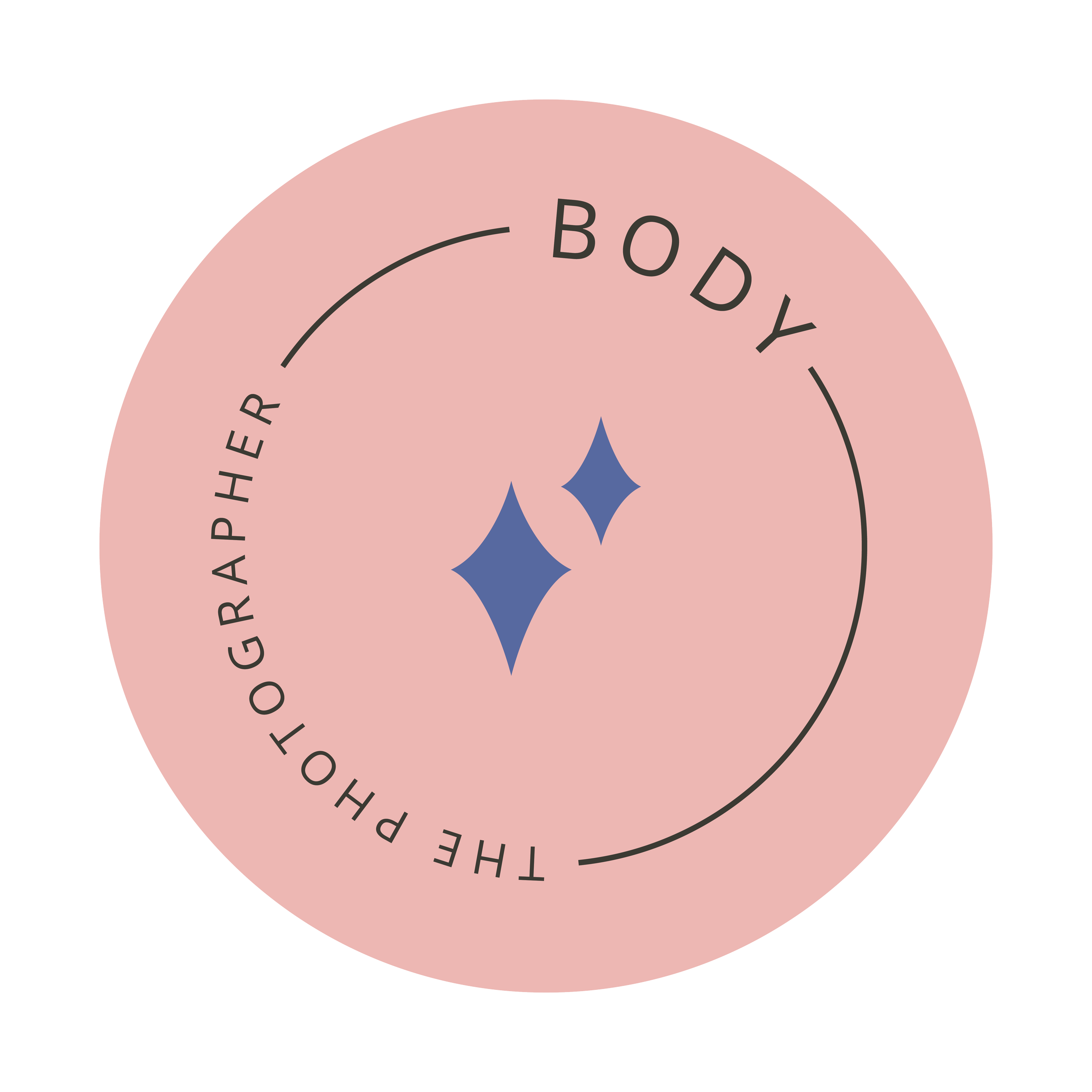Pricing for Photographers: The clue that you're inviting price shoppers into your business
Image by: @contentpixie
Marketing education teaches us about the power of defining and speaking to a target clientele. You dream of working with clients who are ideal for you - who value what you do, sing your praises, pay your prices and love the work that you produce for them. But do your actions and mindset reinforce this, or undermine it? There is one clue that you may actually be speaking to price shoppers into your business and not to your ideal client at all, specifically when it comes to pricing. What is it?
If you’ve ever heard and agreed with, or said yourself this phrase: “weeding out price shoppers,” it’s a huge clue that you’re actually doing the opposite and inviting price shoppers into your business.
In my blog post about whether or not to show pricing on your website, I talk about this from a more strategic perspective. Finish this post and then go take a look at that one! Here, I am talking about subtleties. Your language and perspective matter in marketing because they represent tiny variances that change entire conversations. Let’s look at the following.
If I ask you “who do you want to work with,” you might typically answer with some characteristic about your ideal. She has a relaxed spirit, has great taste, wants the finer things in life. She is very focussed on the health and well-being of her kids and is a very involved parent. That’s a great answer.
Now let' me ask you “why do you put prices on your website?” 9 times out of 10 the response to this question is to weed out price shoppers. Where on earth did the ideal client from the previous example go? Why aren’t prices for her to be able to make a full and informed decision to work with you?
What I’m trying to illustrate is the gap that happens when we talk photography and creativity and imagination, and when we talk business. The creativity and imagination is geared towards our ideal, but then business is all about repelling other people. Why is this dangerous? Because you’ve broken focus from your ideal to something not ideal. No biggie, you say, it’s just semantics. When I weed out a prices shopper, by default, I’m speaking to my ideal. But that’s putting her second, isn’t it?
It’s a subtle variance that changes energy. When a movie director thinks about their next blockbuster, they consider how they will WOW their ideal moviegoer that wants to see their genre of movie. If it’s a SCI-FI they will do what they can to appeal to their fan base. I don’t think there has ever been a SCI-FI movie trailer ever designed to “weed out those who love comedies.” Yes, it would weed people out if they weren’t SCI-FI lovers, but the person who the designers kept as top priority are the die-hard SCI-FI followers.
Why is weeding out price shoppers so detrimental?
In order to weed out, or repel the price shopper, you decide to show them a bunch of your prices that are higher than they would ever want to pay. You are thinking of how a price shopper has found a way to this page, looked at the prices and gone nope. Great, you did the job, right? In this approach, tell me where you are serving your ideal client. Again, you might say an ideal would look at the same page and decide that the prices are fine for them. But, one big but, is that you didn’t design this for them. You designed it for the price shopper to go away, and the side-effect is hoping that your ideal will stay.
If you have designed every other aspect of your business to speak to your ideal (your brand, your photography), why is it that especially in pricing, you put them aside and prioritize someone who isn’t as important as them? The harm is that in doing it this way, you can also end up repelling your ideal. Let’s take an example that’s extreme enough to illustrate the point.
I have a luxury car dealership. My ideal is a highly affluent top executive who wants to showcase their status by buying one of my luxury cars. The showroom design is for them: sleek, sophisticated and chic. What about pricing? Do I display the prices the way my clients would want to see it - also sleek, sophisticated and chic? A savvy, affluent buyer probably won’t respond well to a big yellow sign with red lettering, listing the price with a dollar sign and 2 decimal places, complete with a bunch of balloons. Would the sign instantly bring attention to the price so that if someone couldn’t afford it (and somehow walked into the dealership anyway), they’d walk right out? Yep, but you don’t care about Joe-who-won’t-be-buying-a-car-today at all. You would trash the yellow signs with the large price lettering, and you might replace it with perhaps a simple white card with black, sophisticated lettering that rounds the price and drops the dollar sign. As sleek and sophisticated as the showroom, and as sleek and sophisticated as the buyer of that luxury car.
What this example shows is that if the signals around your business are powerful enough, then no price shopper should find their way in. Therefore, by that logic, nothing in that business should then be designed to attract, repel or give one single thought to anyone else but the client you wish to serve. A dealership is an easier example because it’s a building. Joe-who-can’t-afford-a-luxury-car may drive by the dealership, perhaps even sit in the parking lot and look inside from the privacy of his own mid-range car. But he won’t come in. He might go online - that’s anonymous, but he’s not a buyer and just a window shopper or a dreamer, so nothing in that dealership’s website needs to cater to him at all.
One of the biggest foundational strategies that I’ve held to in my years of business is to singularly and obsessively focus on the clients I want. Maybe it was easier for me than others because in my former life as a marketing professional, we only ever dealt with our target clientele. There was never a discussion of those we weren’t creating for; only the ones we wanted to create for. When you focus so heavily on your audience, you forget about any others, and thus, those others will not see themselves reflected anywhere in your business. When they can’t see themselves reflected, they usually move on, and you probably wouldn’t even know it. What you might notice though, is that you are increasingly attracting your ideal audience and have less “what’s the price” inquiries and ghosting.
Let’s go back to the ideal client I defined earlier: Wants the finer things in life, documenting her young family is important for her. She enjoys a high level of service (finer things) and doesn’t want to waste time on things that takes her away from her valuable family time. She might need just a starting price and a promise to do all the work to give her a custom quote. If she clicks on pricing and sees every single product and service you offer, she can be incredibly turned off from the laundry-list menu which goes against what she seeks. You may have repelled some price shopper somewhere along the way, but you may have inadvertently sent an off-putting message that’s not in line with your brand, to someone very interested in hiring you.
It’s not lost on me that price shoppers are on my mind as I write this. As such, I am giving them attention, but in the context of this education. Otherwise, not only do I not give price shoppers a second thought (and not meanly; fair enough that there are people out there who watch their dollars and decide based on budget; they just aren’t my client), I also do the same with my competition. Do I know competition exists? Yes, and that’s where it ends. Beyond some curiosity of how people manage their businesses, I do not give one ounce of attention or energy into the competition. If I did, they might subconsciously find their way into my business, and well, my doors are closed to them.
The saying goes “whatever we turn our attention to, grows.” Ensure your ideal client remains fully in your attention; otherwise focussing on anyone else could end up growing them in your business instead!
Linking the other pillars
Think about a past transaction with a price shopper and think of a transaction with a good client (or imagine one or both). Each of these should produce different feelings in your body. It’s a good way to train yourself to listen to that gut for vetting future clients.
Our mindset leads us to always worry about attracting the wrong type of client, but allowing that worry to permeate our brain actually attracts it more! Break the cycle by bringing your mind back to your ideal, every time it strays.
The energy of your business should metaphorically punch people in the face. Think of a brand whose energy is unmistakable to you. How many price shoppers would walk into Tiffany’s? Sink some serious effort into the brand, and it will prevent unwanted door knockers. So then your pricing page is for ideal client eyes only because shoppers never had their knock answered and never came inside!
Look at everything you develop in your business: communication templates, pricing, information pages on your website, every ad you create and post you make. Is it speaking to only ONE person: the ideal? Your client avatar may represent many but use it as if you are speaking to the one. It will help maintain your focus where it belongs!
Join the Facebook Group with over 6,000 like-minded members to chat with others on this topic, and more!







